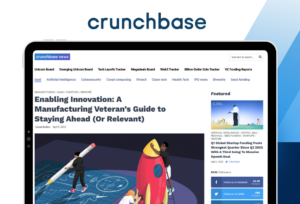What is the ROI Potential for an ERP System?

Once you understand how an enterprise resource planning (ERP) system will help your company streamline operations, simplify processes, and save time and money, your next step is most likely considering the actual impact on your ROI.
At Decision Resources we’re no stranger to helping businesses understand and assess ROI potential. By quantifying the advantages of an ERP, you’ll have the peace of mind you need to stand by your decision, and you can also use this information to help investors, shareholders, and staff understand the benefits of the system.
The ROI potential of an ERP system depends entirely on your business, what you’ve paid for your system and customizations, and how you plan to use your ERP. If you follow our basic formula, you’ll end up with a figure that closely represents the potential ROI of your ERP system. Keep in mind, the outcome will be different for each organization, each unique set of circumstances, and whether you’ve implemented your ERP or are still in the consideration phase.
Calculating Costs
Start by looking at the actual costs of switching over to an ERP. You’ll want to look at both direct system costs and indirect costs, so add up items such as:
- Software costs, including licenses, customizations,
tools, upgrades, and maintenance - Hardware costs, including servers, mobile devices, and
other infrastructure - Training costs
- Consulting or other service fees
This should cover the total cost of ownership, both the initial money paid to purchase the ERP and the cost of implementing and using the software. Also, remember that an on-premise ERP will have different costs than a cloud-based ERP.
Calculating Revenue and Benefits
Although it can be difficult to know all of your costs and savings upfront, you’ll need to pair a price amount with components including:
- Reduced inventory costs
- Increased sales revenues
- Converted leads
- Improved compliance
- Reduced administrative costs
- Reduced operational costs
If you’re unsure of the exact costs or revenues, we recommend that you overestimate costs and underestimate the revenue, rather than the other way around.
Determining the Payback
Your actual ROI figure is the returns minus the costs, divided by the costs. A positive percentage after your calculation will represent a gain, while a negative percentage a loss. This is a simplified approach that can help with understanding ROI before you implement your ERP—but the sooner your ERP is up and running, the sooner you’ll see positive ROI indicators.
At Decision Resources, we have more than 40 years of experience in providing ERP solutions to businesses across all industries, and of all sizes. When it comes to your ROI, we can help you determine exactly what to look for and recommend the right platform for your business needs.
If you’re ready to learn more about ERPs and what they can do for your organization, call us at 412-562-9660, email info@decision.com, or visit decision.com to learn more.
Similar Blogs

Decision Resources Featured on Crunchbase

Chips, drugs, and steel — how to prepare for Trump tariffs





